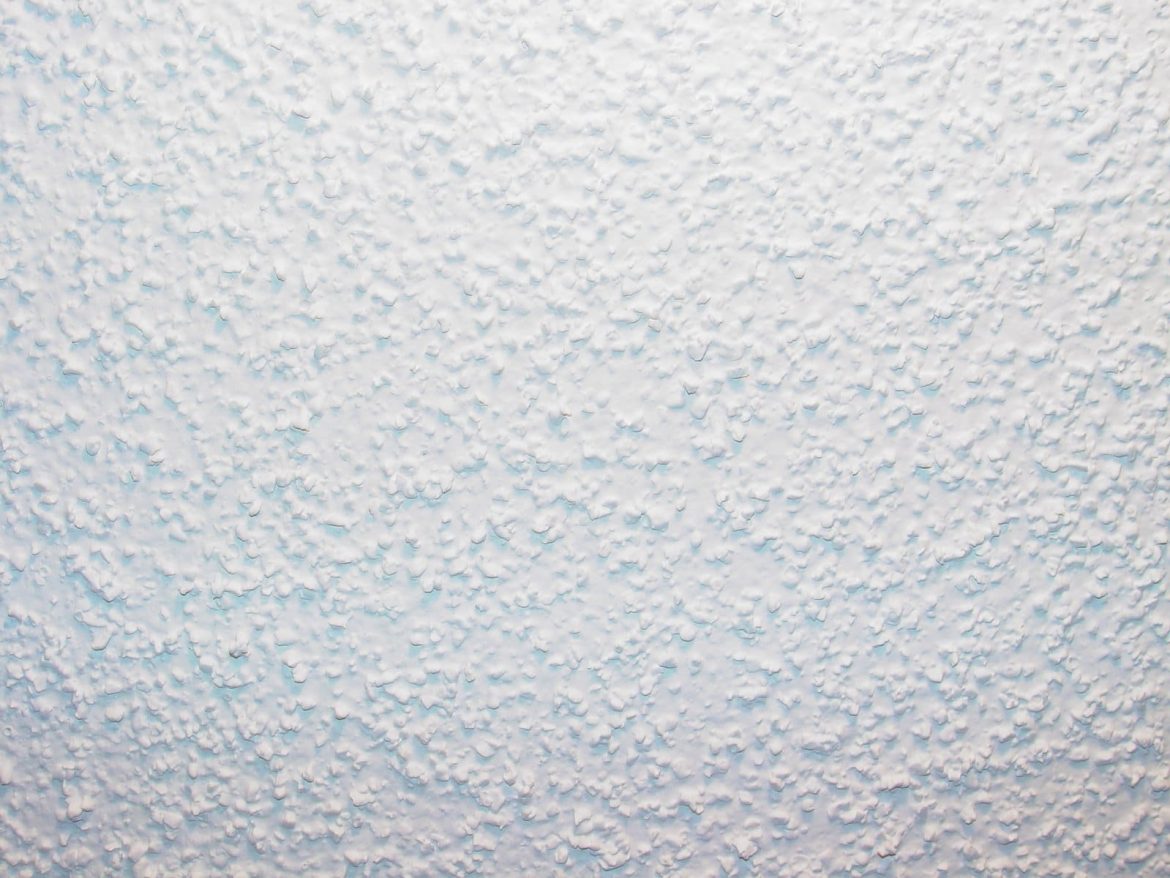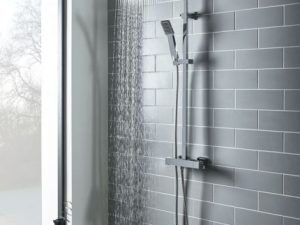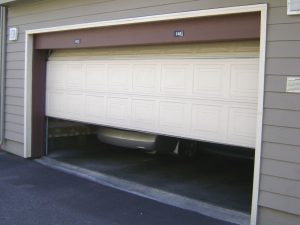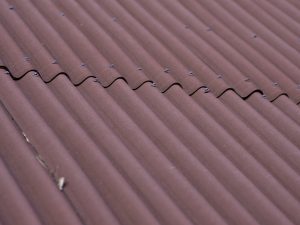
Have you considered the issue of asbestos in your ceiling?
Asbestos can be a silent killer that may well be residing in your home and in the most unlikely places like your ceiling. Don’t panic though, the chances are that the health risk to you and the other people in your house is low if your home is sealed, well maintained and the surface of your ceiling is undamaged.
Asbestos if undisturbed and contained is perfectly safe but you do need to be aware of asbestos exposure and how to avoid it, in this case through building materials in your ceiling. Asbestos was used for centuries. Materials include horsehair and plaster walls, plaster compound used for joins, some glues and paper backings.
The modern trend is to have flat ceilings rather than popcorn ceilings and many good old DIY Kiwi homeowners are looking at renovating their homes and need to be aware of the health risks of breathing in asbestos dust from asbestos materials. Asbestos removal and testing advice can be found on the Ministry of Health website.
What type of ceilings could contain asbestos?
We can never know exactly what material contains ACM until it is tested.
If you have a textured ceiling the chances are that it could contain asbestos, but what type of ceiling is a textured ceiling. Sometimes referred to as popcorn, stucco, acoustic, or stipple ceilings, textured ceilings resemble cottage cheese due to the treatment that is either sprayed or painted on that leaves a stippled effect.
Asbestos is a very serious health risk as once disturbed it releases tiny asbestos fibres which break down into minute particles that are easily inhaled into the lungs. This exposure damages lung tissues causing scarring and inflammation and prolonged exposure can cause lung cancer.
The US Consumer Product Safety Commission banned the use of asbestos in textured ceilings in 1977.
As well as increasing the risk of lung cancer and lung disease, exposure to asbestos also can cause asbestosis, which causes permanent lung damage as well as mesothelioma, a cancer of the chest and stomach lining. Other health problems caused by asbestos fibres are cancers of the gastrointestinal tract, kidney and throat. Asbestos also contributes to scarring of the lung lining and pleural effusions when fluid collects around the lungs.
Do all textured ceilings contain asbestos?
It is wise to presume that textured ceilings built in New Zealand between 1950 and 1990 may have some asbestos material in them.
The spray-on texture was a cost-effective way to hide flaws in ceilings and reduce the need for filling, sanding, and painting ceilings. The texture may have also added fire protection and noise dampening to ceilings. These features were made possible by the inclusion of asbestos fibres in the spray. Some of the decorative internal coatings were manufactured (Artex, Glamatex and Whisper) and generally contained 5– 9 percent chrysotile asbestos and others were mixed on site during construction.
Can I live with popcorn ceilings?
Just because your ceilings contain asbestos does not mean they are inherently dangerous. Sprayed-on acoustic ceilings, unless physically damaged through cutting sanding or deterioration of the material do not emit asbestos fibers into the air, and unless the asbestos is airborne, it poses no hazard at all.
Be aware however that if you are considering doing renovations to a home that has popcorn ceilings it will put you and your family at risk.
What should I do if I have a popcorn ceiling?
If you have a popcorn ceiling that may contain asbestos even if it appears in good condition you need to check the coating and plaster for flaking and any friability. Asbestos contamination occurs only when it is released into the air.
Things to be aware of include water damage and not scraping a popcorn ceiling or using nails, screws or tape on it. Not putting up shelves or other fittings that connect with a stucco ceiling. Ensuring pillows or toys are not thrown at the ceiling. It is also recommended that bunk beds are not used in a room with an asbestos popcorn ceiling.
Any peeling that begins on a stipple ceiling must be attended to immediately by either testing, removal or it being enclosed.
What can I do about a possible asbestos containing textured ceiling?
Legally anyone can remove asbestos in areas up to 10 m square according to the works safe asbestos code of practice (ACOP). Home handymen may decide to take on the removal of the ceiling along with the asbestos themselves, however, they need to be asbestos-aware. It is important to seal off the work area to minimise exposure to others and wear disposable overalls and caps as well as a half-face piece respirator with a class P2/P3 filter suitable for asbestos dust. The asbestos-based material will need to be kept damp while handling it, and it is necessary to clean up at the completion of each day’s work.
If you want to check for asbestos building material in your house you should book an asbestos inspection with a reputable building inspection company. They can do testing for an asbestos popcorn ceiling.
An asbestos surveyor can also survey homes and buildings for any asbestos material and recommend a licensed asbestos abatement professional to arrange for the asbestos removal.
Finally:
- The biggest risk to being exposed to asbestos at home is when renovating.
- The only way to discover if your home has asbestos is to have it tested.
- If asbestos is found, owners should talk to the experts about the best next course of action, leaving it, sealing it, or removing it.




